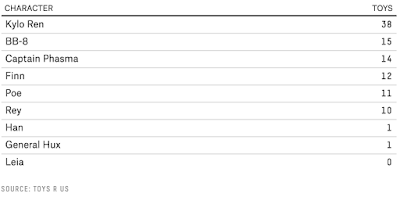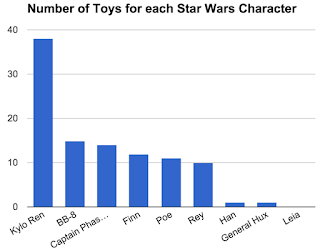 A while back I started doing this activity with my students on the first day. For homework I would tell them to go home and find two magazines, get their prices the number of pages and count the number of pages with ads on them. Once they brought that in then we would combine all the data into one set. I got the idea from browsing through an Oprah magazine and being shocked at how many pages I had to turn in order to get to a page that had actual content on it. Eventually I automated the process by using a Google Form to collect the data. And by adding another criteria (the type of magazine), this actually turns into a pretty rich data set.
A while back I started doing this activity with my students on the first day. For homework I would tell them to go home and find two magazines, get their prices the number of pages and count the number of pages with ads on them. Once they brought that in then we would combine all the data into one set. I got the idea from browsing through an Oprah magazine and being shocked at how many pages I had to turn in order to get to a page that had actual content on it. Eventually I automated the process by using a Google Form to collect the data. And by adding another criteria (the type of magazine), this actually turns into a pretty rich data set.The Analysis
Certainly with this data set you can do any number of things pertaining to calculations (average, standard deviation, correlation etc) but I liked to use it to start to have a need to move from single variable analysis to two variable analysis. For example, the magazine in the current set with the highest number of ad pages is In Style with 380 add pages (which is definitely an outlier) This seems outrageous and the hope is that this will intrigue the students into asking questions. And perhaps they will also realize that it's the magazine with the largest number of total pages. And that then presents a need to do a different type of analysis (two variable scatter plot). And when you do that analysis you will see that although 380 pages is proportionally a little high for a magazine with 620 total pages and is not so outrageous.
This seems outrageous and the hope is that this will intrigue the students into asking questions. And perhaps they will also realize that it's the magazine with the largest number of total pages. And that then presents a need to do a different type of analysis (two variable scatter plot). And when you do that analysis you will see that although 380 pages is proportionally a little high for a magazine with 620 total pages and is not so outrageous.This is a good data set to just look at the basic stuff (creating bar graphs, histograms, box plots, scatterplots, measuring central tendency, determining correlations, finding least squared lines etc)
Other things you can do is look at the break up popularity of magazine (in your class or with this data set) by type of magazine. By breaking it up into types of magazine, you can have an opportunity for students to compare graphs . When students compare graphs, an important skill to have them demonstrate is to make sure the size and scales of the graph are similar. This data set can help facilitate that.
Sample Questions
- Create histograms of each of the numerical attributes and plot the mean and median on each graph. Describe each histogram as skewed right, left or symmetrical and justify your answers
- Compare the graphs of total pages to ad pages
- What proportion of magazines would be Sports & Entertainment in the average household?
- What type of distribution would the number of ad pages be described as? Justify your answer.
- Are there any outliers in the number of ad pages? Do the outliers change if you consider the type of magazine instead of the whole group?
- Is the number of total pages (or ad pages) in the magazine correlated with the price of the magazine?
- If a magazine were to have 120 pages, how many of them would you expect to have ads? Is this number different if you consider the type of magazine instead of all the magazines in the group?
Download the Data
- You (or your students) can add to the existing data set using this form. The current data can be then found on this Google Sheet.
- Fathom file (with graphs)
Let me know if you used this data set or if you have suggestions of what to do with it beyond this.















